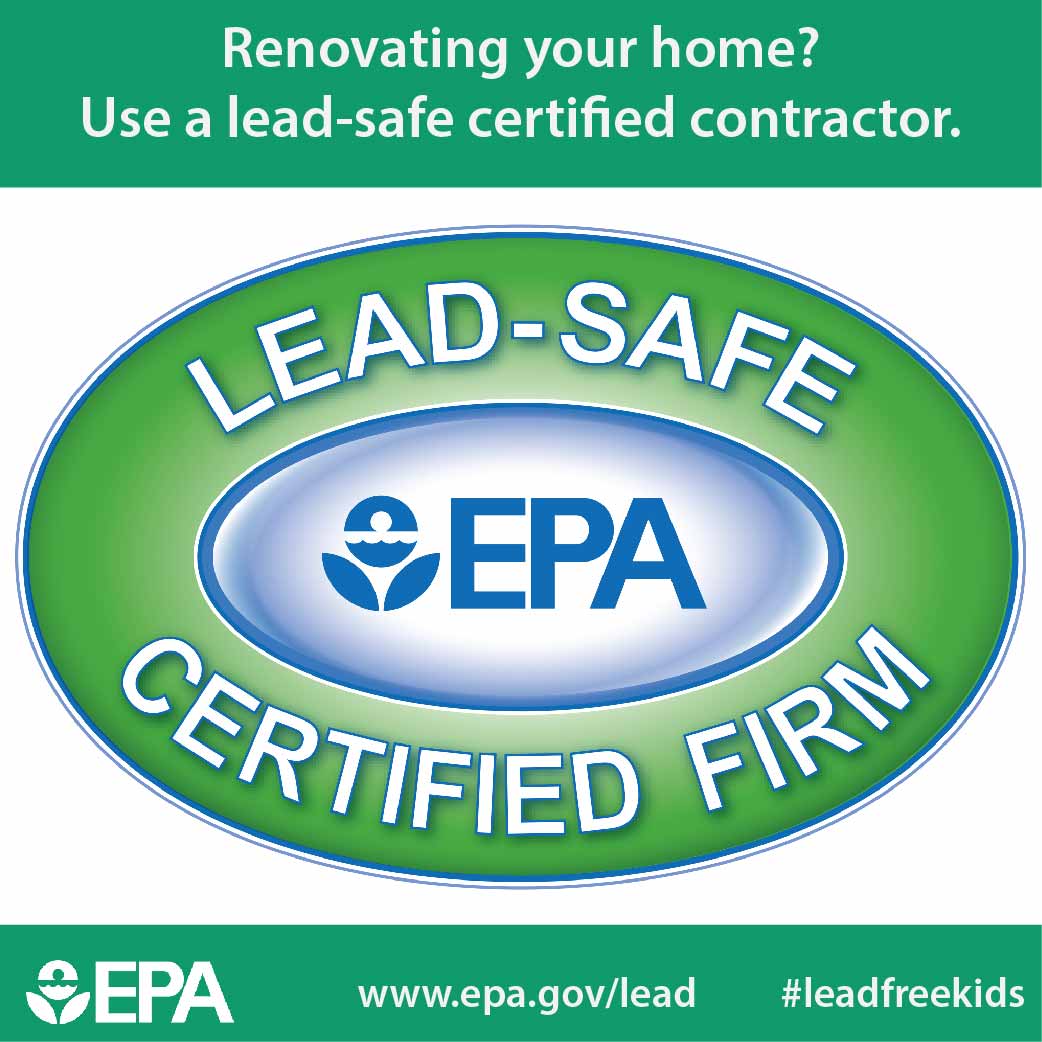Explore The Impact Of Seasonal Aspects On The Performance Of Industrial External Paint And Identify The Optimal Times To Achieve Enduring Results For Your Task
Explore The Impact Of Seasonal Aspects On The Performance Of Industrial External Paint And Identify The Optimal Times To Achieve Enduring Results For Your Task
Blog Article
Posted By-Aguilar Celik
When you're preparing an industrial exterior painting project, seasonal factors can make or damage your results. You'll wish to consider how temperature level and humidity effect paint application and drying times. Picking the right season can ensure your paint sticks correctly and lasts longer. However which periods are genuinely the best for this sort of job? Let's discover the crucial elements that can affect your project's success.
The Effect of Temperature on Paint Application
When you're planning an industrial outside painting task, the temperature level can substantially influence just how well the paint adheres and dries.
Preferably, read page want to paint when temperatures vary between 50 ° F and 85 ° F. If it's too cool, the paint may not cure correctly, resulting in issues like peeling or cracking.
On the other hand, if it's too hot, the paint can dry as well swiftly, preventing proper attachment and leading to an uneven finish.
You need to also consider the moment of day; early morning or late afternoon supplies cooler temperature levels, which can be a lot more desirable.
Always inspect the maker's referrals for the specific paint you're utilizing, as they frequently offer guidance on the optimal temperature level array for ideal outcomes.
Humidity and Its Impact on Drying Times
Temperature isn't the only ecological element that affects your business outside painting job; moisture plays a substantial function as well. High moisture levels can decrease drying times drastically, influencing the general quality of your paint job.
When the air is filled with dampness, the paint takes longer to cure, which can lead to concerns like poor adhesion and a higher threat of mildew development. If you're painting on a particularly damp day, be prepared for prolonged delay times in between layers.
It's crucial to monitor local climate condition and strategy as necessary. Ideally, go for humidity degrees between 40% and 70% for ideal drying out.
Maintaining these consider mind guarantees your project stays on track and provides a long-term finish.
Best Seasons for Commercial Exterior Paint Projects
What's the very best season for your business exterior paint tasks?
Spring and very early autumn are typically your best options. During these periods, temperature levels are moderate, and humidity degrees are often reduced, creating ideal problems for paint application and drying.
Prevent summertime's intense heat, which can trigger paint to dry too swiftly, resulting in inadequate adhesion and finish. Similarly, sherwin williams juneau can hinder proper drying and treating, running the risk of the longevity of your paint task.
Aim for days with temperature levels in between 50 ° F and 85 ° F for ideal results. Bear in mind to check the local weather prediction for rainfall, as damp conditions can ruin your task.
Planning around these elements ensures your painting task runs smoothly and lasts much longer.
Conclusion
Finally, preparing your business outside paint tasks around seasonal factors to consider can make a significant difference in the outcome. By scheduling job during the suitable temperature levels and humidity levels, you'll guarantee much better bond and drying out times. Remember to watch on regional weather forecasts and pick the correct time of year-- springtime and early loss are your best options. Taking these steps will aid you accomplish a sturdy and specialist surface that lasts.
